Femme Actuelle
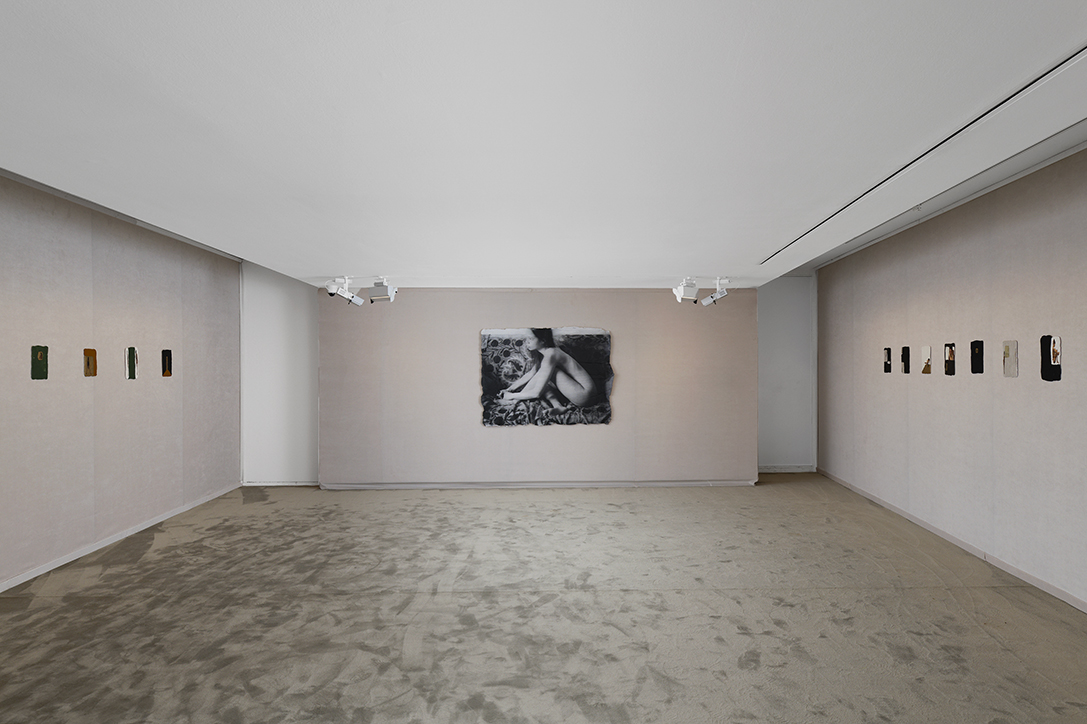
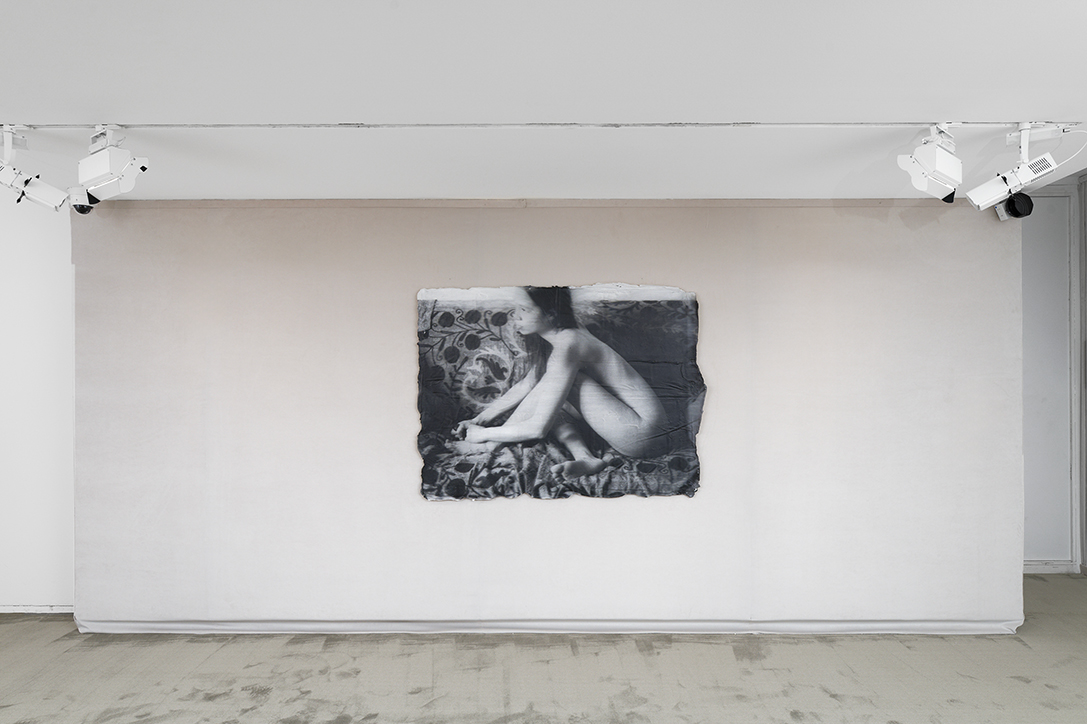
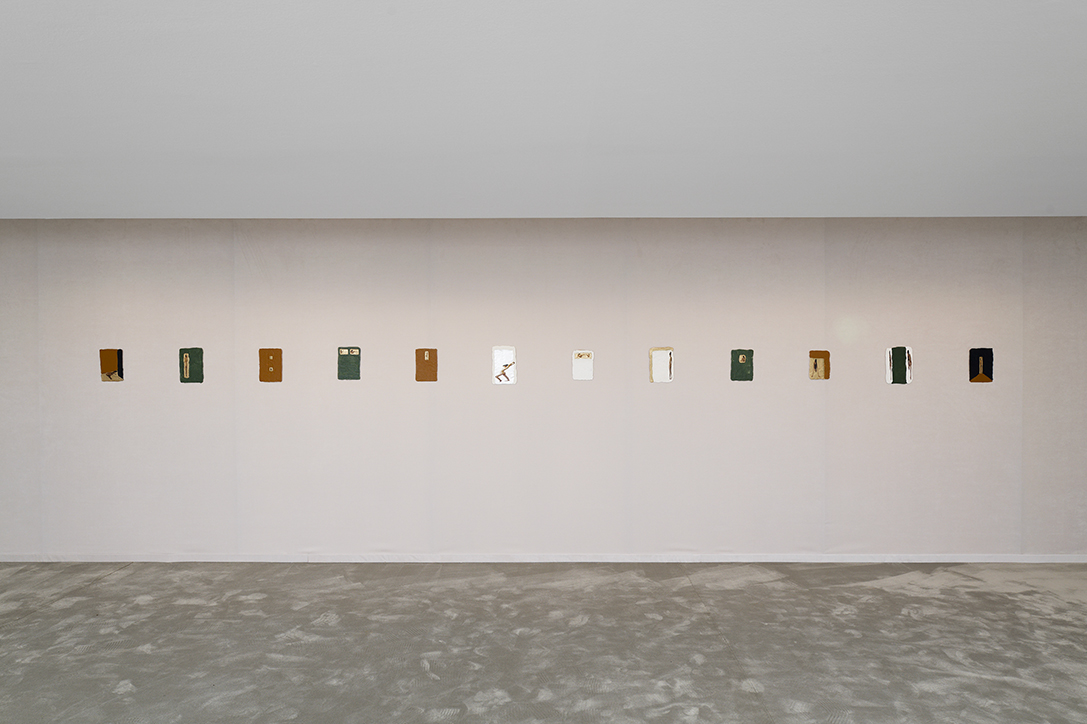
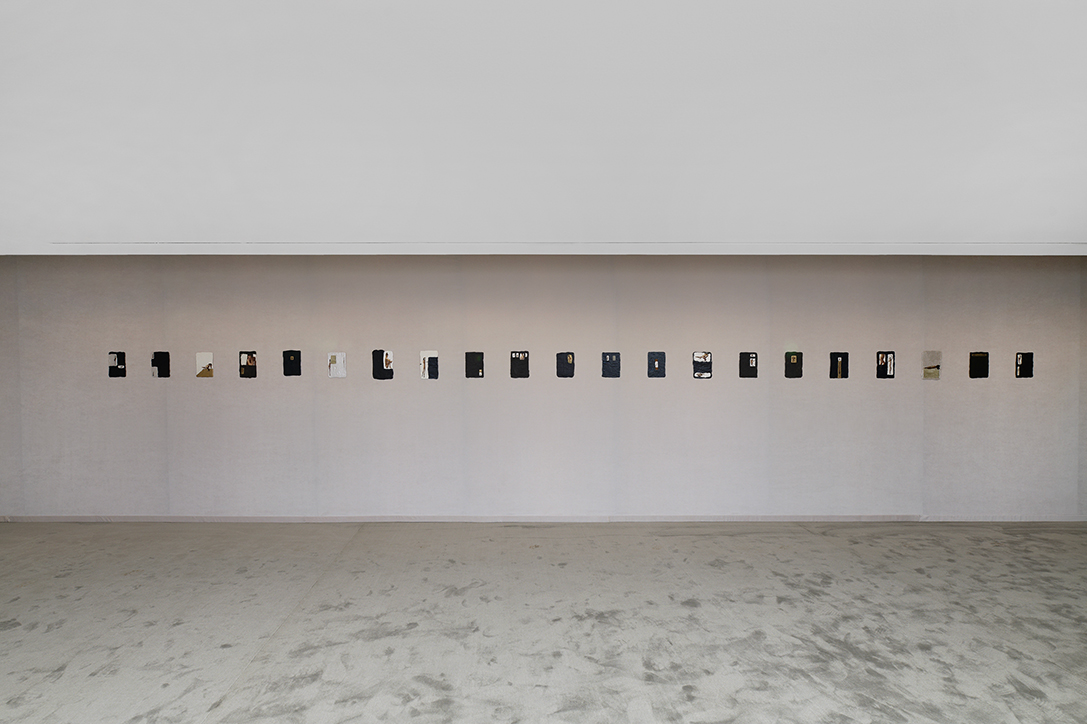
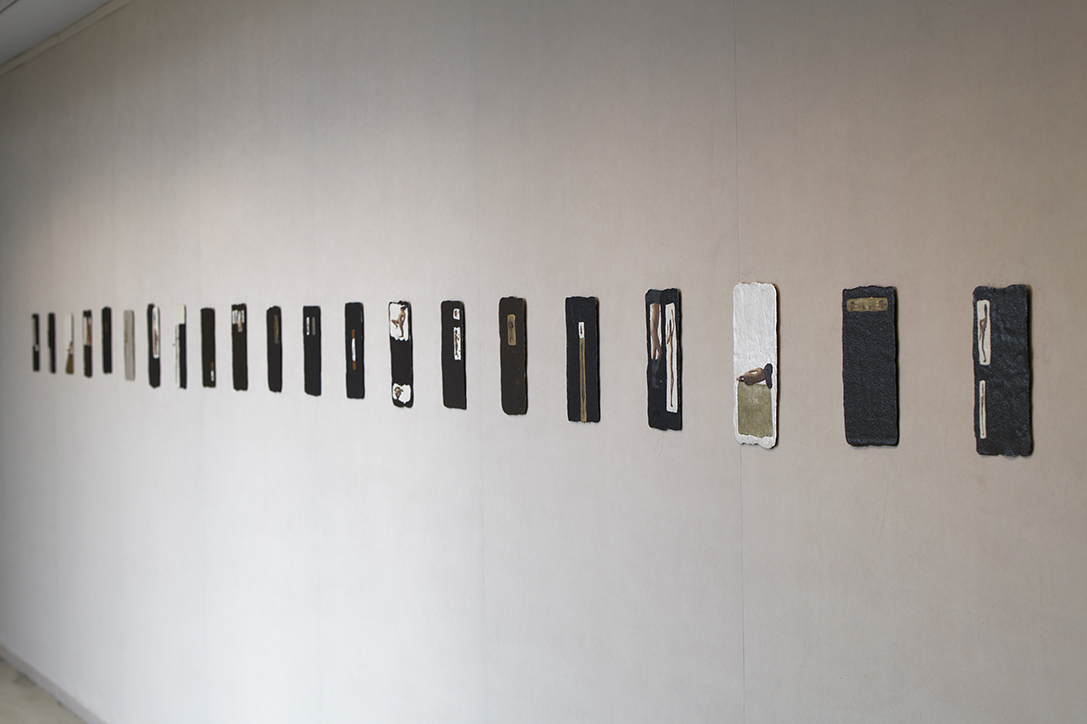
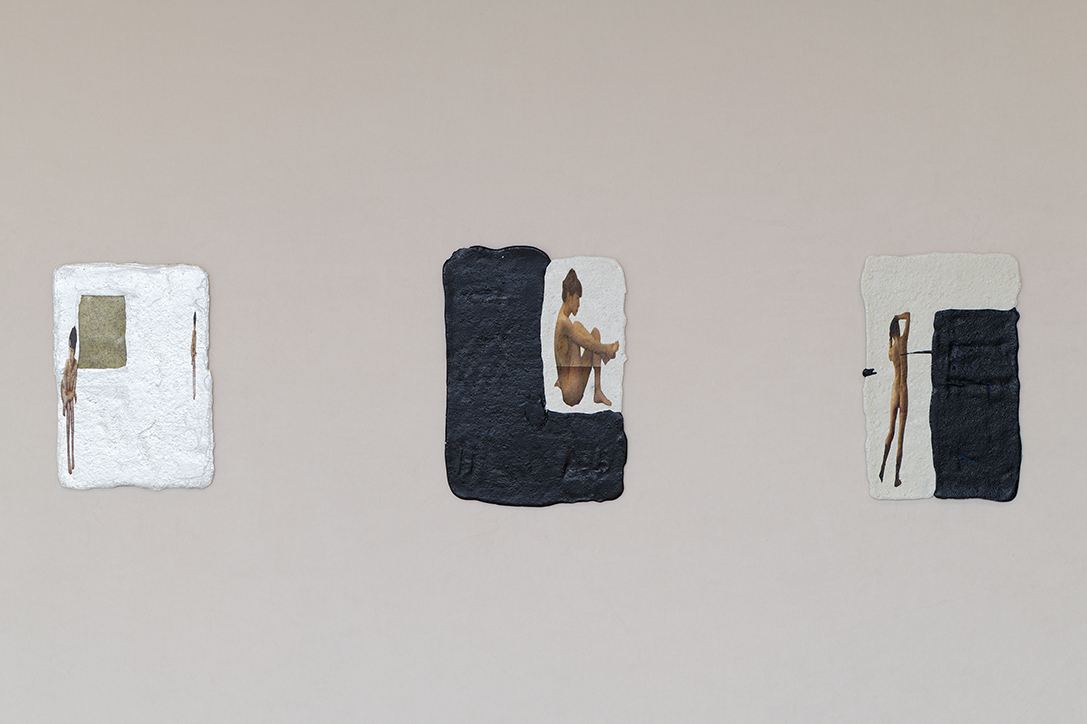
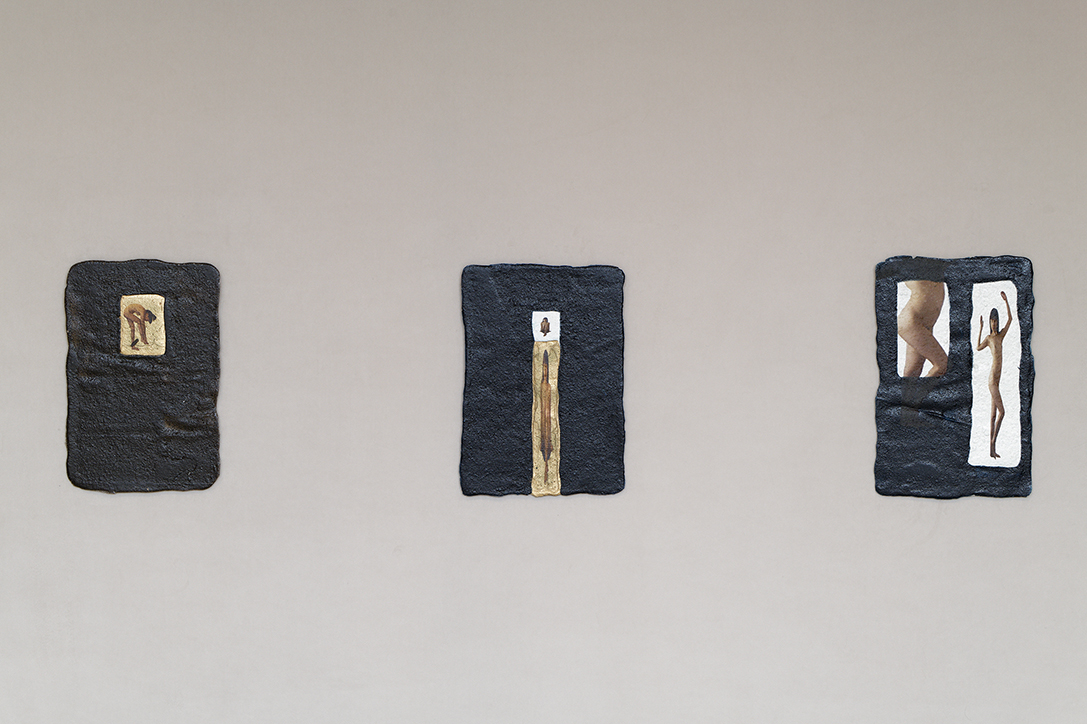
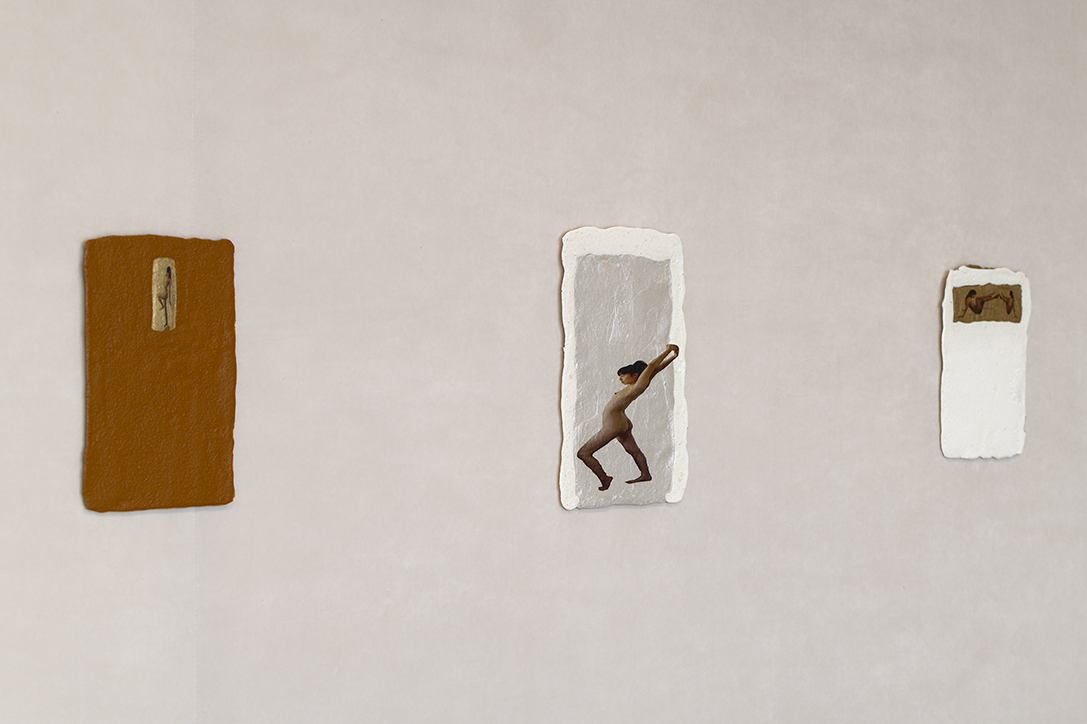
Femme Actuelle, 2023
Maison Européenne de la Photographie, Paris, France
Curating: Clothilde Morette and Simon Baker
Photographs: Aurélien Mole
Bijoux Sauvages
The title of this text is borrowed from My-Lan Hoang-Thuy who used this charming expression in some of her written work that she kindly shared with me. That’s how I discovered the idea of ‘bijoux sauvages’ (which means wild jewellery) a mixture of determinism and strangeness, which speaks equally of her work and all of the fragments that shape it. In fact, however, I already had a title in mind which I shared with the artist, and therefore in a way, a chosen approach: initially I wanted to call this text ‘Pleasure and Constraint’ because for me these words resonate with My-Lan’s work. But the difference of tone between the two titles seems important, and furthermore, they seem somehow to echo one another. After all, what is less resolved, less uncertain and therefore, less strange than a piece of jewellery? Thought of in terms of its use, even if ornamental, its setting is dictated by practical considerations. Nevertheless, once we have passed this first constraint there are many possible variations and aesthetic possibilities. My-Lan’s works speak of a similarly structured sensitivity with compositions chosen both through play and necessity on sheets of acrylic paint where the template varies, with few exceptions, between size A4 and A5. The surfaces, however, are not smooth like a sheet of paper; neither are their edges which have slight undulations. The specific nature of the materials used are easy to determine by looking closely, even if, as in my case, they are not always immediately identifiable. I remember, when I first encountered My-Lan’s work that they must be some kind of ceramic, as their colours evoked, for me, the brilliance of enamel, with their luscious colourful reflections.
We have here a first constraint; that of space. It’s usually on a modestly sized surface that My-Lan creates her compositions, where balance is produced by the arrangement of forms, colour and the relationships that she chooses between these elements. With an initial training in applied arts, My-Lan Hoang-Thuy is very much aware of both the skill and taste necessary for laying out pages, but it is clear that her first relationships with printed matter profoundly affected her. With this in mind I will leave the title of this text to one side for a moment, to discuss the title of this book, which was also the title of My-Lan’s 2023 exhibition at the MEP: Femme Actuelle. For those who don’t know, Femme Actuelle is a women’s magazine, which you can see by typing the two words into any internet search engine, or better, by going to any local newsagent in France and flicking through it (I don’t insist anyone actually buys it). Femme Actuelle is a bit of an Anti-Vogue without either being Gala(1). It’s a magazine aimed at ‘modern’ women, who spend much of their time on domestic tasks but who are also interested in shopping and culture. The pages are thin and glossy, cheap but not too much so. Like many French people of my generation, I grew up with an issue of Femme Actuelle on the kitchen table. It was also the case for My-Lan, who flicked happily and voraciously through the pages of this weekly magazine, where the articles and the images spoke of other places, of elsewhere. By looking closely, in minute detail, at each page she taught herself her first lessons in graphic design and aesthetics. I love this anecdote, which is less anecdotal than it seems, because it tells us something vital about My-Lan and the way in which she conceived her artistic practice; with no affectation and no pretension. Her works never look above their station; they don’t excuse the emotions they evoke; they aspire to an aesthetic engagement, above all to pleasure in the materials and brilliant colours. They remind us, too, that art can be beautiful without being decorative and that pleasure is also a complicated business.
My-Lan Hoang-Thuy loves words. She loves their precision as much as their power to evoke, the power that permits them to summon up worlds and situations out of our immediate grasp. For her the visual arts are a metalanguage. And each medium possesses its own linguistic codes; photography relies upon different rules to those of painting or drawing. Collage depends upon other conventions and limits. My-Lan brings all of these techniques together in her work, putting these languages into dialogue together to form a kind of choir, so that even if the meaning escapes us, we feel powerful resonations. I realise that since the start of this text I have never used the word ‘object’ to talk about My-Lan’s works, even if she herself uses this term, which, in the end, with its many possible meanings, describes her work well. But we can never perfectly define, in technical terms, that which we have in front of us and this impossibility defeats any attempted conceptual shortcuts.
In browsing different texts written about the work of My-Lan Hoang-Thuy, her double culture – Vietnamese by heritage and French by birth – is often evoked in the sense that her practice as an artist allows her family background and her individuality to coexist. I also thought in this context of Louise Bourgeois who, at a very young age, learned to sew in her parents’ tapestry atelier. She said that for her, the needle was a tool of psychological restoration, which helped her to repair the past. With My-Lan, it’s not so much a question of the past, or some kind of personal search for identity through which she aims to recast her family history through the prism of loss. On the contrary, in her case, repair takes the form of constant care given to the present and to its material remainder – wrappings, pieces of paper, flakes of dried paint… From these overlooked things, My-Lan Hoang-Thuy makes her works. These fragments, these material objects are freed from their original destiny; residues become fetishes; another form of ‘bijoux sauvages.’
(1) Gala is a French magazine specialized in celebrity
Clothilde Morette







